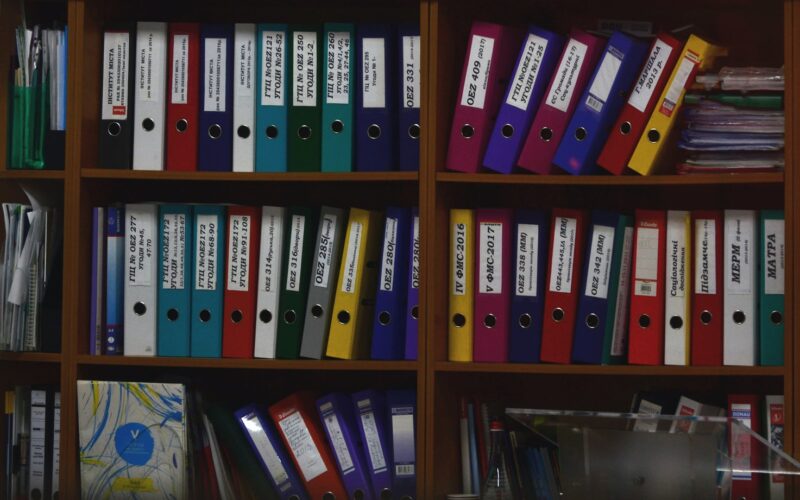The COVID-19 pandemic has changed the way workplaces operate. With a rise in the trend of remote working and more workers opting to work from home than ever, some of the top companies have been switching to the permanent work-from-home model.
However, not every company can afford that, and there have been talks of hybrid workplaces.
According to a Harvard Business Review report, over 90% of employers are planning to switch to a hybrid working model for their employees. However, the same report also claims that should things not go favorably, corporates may change course and ask employees to return to the office full time.
What this means is that the conventional office is not going away anytime soon, and we are still a long way from a completely digital work ecosystem.
One of the perils of being back in the office is the physical paperwork that every business has to deal with. These physical office files and documents are crucial for the effective flow of work.
However, sorting through physical documents is not as easy as typing “CTRL+F” or using the search option on your computer. Therefore, it’s vital to sort these documents efficiently for better productivity at work.
Here are a few simple tips and tricks that will help you maintain a great file management system at work. With these tips, you will be able to find the file you need and when you need it. Let us take a look.
Use a Convenient Sorting System
There are several sorting systems in existence that are designed to make file management easier for businesses. The simplest way to sort your files and documents is to ensure that they are in the right place and right order once you are done with them.
Typically businesses tend to sort their documents and files in alphabetical order, which is the easiest thing to do. It is the same system followed by libraries around the world to sort their books. In such a sorting method, each type of file or folder gets its own space, whether on the desk or cabinet.
Sorting is not about how good you are at placing things in order but putting things back where they belong. Simply label your files alphabetically, and put them where they belong when you’re done with them.
Use Color Coding for Effective Sorting
It’s been established that visual cues are the most effective, and the same works for sorting as well. One of the best sorting methods used by most businesses is color-coding their files and documents. Label your files with colors to signify them based on category and importance. You’ll be able to identify much faster this way.
Make use of colored folders or binders to sort your documents. Colored sticky notes are the best to color-code individual pages or sections of a file. You can pick any color to mark a document or file category. Use distinct and bold colors instead of different shades of the same color to make your documents or files stand out.
Mark Documents Appropriately
In case you aren’t comfortable with color-coding or sorting for some reason, you can use other visual cues to sort them. One of the ways to do that is by having stamps for various categories, like an approved stamp, pending stamp, completed stamp, and so on
You can simply stamp each file in the corner to classify it, and have separate space for each classification.
There are businesses in the market which make custom stamps for businesses with any design and material. There are even self-inking and modular stamps, which have replaceable text or alphabets. Simply change the text, stamp the documents, and slide them in their respective folder or file.
Segregate Different Documents
It’s always a good idea to have a separate shelf or space for different types of documents and files. With segregated spaces like this, you’re not required to color-code them or sort them in any manner. Just ensure that you put the file or folder on the correct shelf after use.
It is a technique that’s been employed by big corporate offices, banks, and educational institutions for ages now. With no constraint of space, this is the best way to sort and manage huge amounts of files and documents effectively. With designated space for particular files, it becomes easier to know where to look.
Lastly, ensure that you don’t keep old and discarded documents in the same cabinet or shelf as current ones. Have a dedicated space for archives and put old documents in this space.
These are some of the best file management techniques that will help you achieve efficiency in the workplace.






